BEZOAR IBEX
Anatolian Bezoar Ibex is a species of Ibex only unique to Turkey and have the longest horns relation to body size among all Ibex species around the world. Our hunting areas, Eastern Taurus Mountains are known and have proven to produce the longest and highest quality of horns compared to other areas in Turkey. Its horns have grown up to 58inches in few extraordinary cases in the past, our trophy average over the last years have been over 48 inches. We also harvest a dozen or so very big trophies over 50inches each hunting season. Bezoar Ibex can be hunted from mid-October to end of March. The most efficient time to hunt on fall is between 30 October and 20 December, since the autumn starts, and the weather cools down and animals’ movement increase, and Ibex will be rutting between approximately mid-November to end of December and spring season is btw. 20 February to end of March. Hunters need to fly to Adana airport of Turkey, which is an international airport within close proximity of our ibex hunting areas. Bezoar Ibex hunting is mostly conducted from very well forest roads which allows us to reach most parts of our areas, making this hunt most enjoyable for everyone in any physical condition. Of course, we can reach very remote areas with the ‘’Sheep Shape’’ hunter in search of a monarch.
A typical Ibex Hunting day starts at dawn with a strong breakfast and after a short drive reaching one of the glassing points where one of the master guides, already watching a billy he spotted previously while pre-scouting. Day continues close to the truck until news come from one of the master guides, than a stalk plan is made after a particular trophy, in hope of resulting with success, depending on the result Ibex and hunter will walk down to the nearest road where a truck picks them up and after making lifelong memories with the trophy. Shortly after dark hunter reaches back to the lodge welcomed with a nice cocktail following with a Mediterranean dinner. Bezoar Ibex hunts are 7-day hunts, succeeding in 3 days on average.
ANATOLIAN KONYA SHEEP
Konya Sheep is indigenous to our country and it is perhaps the most valuable and rarest sheep species in the World. We are proud contributors to the Anatolian Wild Sheep Conservation project. Konya Sheep rams are generally 250lbs big and horn size btw 30’’-38’’.
Konya Sheep lives in Central Turkey We organize only few hunts a year since licenses are very limited. The hunting ground lies around 4.000ft with rolling hills being very accessible and hunting season is btw. 1st october-15th January.
A typical Konya Sheep Hunting day starts at dawn with a strong breakfast and after a short drive reaching one of the glassing points where one of the master guides, already watching the ram, spotted previously while pre-scouting, than a stalk plan is made after a particular trophy, in hope of resulting with success, depending on the result hunter will walk down to the nearest road where a truck picks them up and after making lifelong memories with the trophy. Shortly after dark hunter reaches back to mountain resort welcomed with a nice cocktail following with a delicious dinner. Konya Sheep hunts are 5-day hunts, succeeding in 2 days on average.
ANATOLIAN GAZELLE
The Anatolian Gazelle has been very recently opened for Hunting after being protected for over 40 years. The gazelle is found in the desert like open rolling hills around the city of Şanlı Urfa. Although there are few licenses available, this gazelle is high in numbers and it is possible to find very good-sized trophies in this well managed Hunting area. We have organized the greatest number of hunts in this area and also have harvested many trophies ranking very high in the books and an exceptional World’s Record gazelle that may possibly rank top three in its category of species.
A typical Hunting day starts at dawn with a strong breakfast and after a short drive reaching the hunting area and glassing from a hilltop and upon seeing the desired trophy, short walk is done to make a shot. Hunting the Anatolian Gazelle is very similar to hunting the Pronghorn Antelope of North America. Maximum of 2 days is necessary to hunt a nice trophy; hunts are usually done in a single day.
ANATOLIAN CHAMOIS
The Anatolian Chamois one of the most prestigious and rarest chamois species in the World. We organize chamois hunts in Northeastern Turkey from October 01 to end of January. November is the rutting period and is one of the best months to hunt if the snow is not very high. We have maintained 100% success rate over the years and continue to organize very successful hunts. We only have very few licenses each year in order to keep the quality of our area.
A typical Hunting day starts at dawn with a strong breakfast and after a short drive reaching one of the glassing points where one of the master guides, already watching a billy he spotted previously. Day continues by driving mostly and glassing from the truck, when an old trophy billy is spotted than a stalk plan is made in hope of resulting with success, depending on the result, chamois and hunter will walk down to the nearest road where a truck picks them up after making lifelong memories with the trophy. Shortly after dark hunter reaches back to the lodge welcomed with a nice cocktail following with a traditional dinner. Anatolian Chamois hunts are 7-day hunts, succeeding in 3 days on average.
ANATOLIAN NEMRUT IBEX (HYBRID IBEX)
Anatolian Nemrut Ibex is a crossbreed between Bezoar Ibex and the domestic goat which is recognized as a species by both Grand Slam Ovis Club and Safari Club International. This cross-breeding occurred naturally some time BC. Distinct features that differentiate Nemrut Ibex from Bezoar Ibex are their big, floppy ears, light colored nose and comparatively longer hair on their frontal body. However, the most prominent difference may be the form of the horns which may flare out distinctively and goat like shape. Horns of a Nemrut Ibex can be 36’’-44’’ reaching 50’’ very rarely. This unique animal is an extremely shy and wild animal which makes it a challenging yet enjoyable hunt.
A typical Ibex Hunting day starts at dawn with a strong breakfast and after a short drive reaching one of the glassing points where one of the master guides, already watching a billy he spotted previously while pre-scouting. Day continues close to the truck until news come from one of the master guides, than a stalk plan is made after a particular trophy, in hope of resulting with success, depending on the result Ibex and hunter will walk down to the nearest road where a truck picks them up and after making lifelong memories with the trophy. Shortly after dark hunter reaches back to the lodge welcomed with a nice cocktail following with a traditional dinner. Nemrut Ibex hunts are 5-day hunts, succeeding in 2 days on average.
ANATOLIAN RED STAG
The Anatolian Red Deer is one of the biggest free-ranging wild deer specie in Europe. This stag is found throughout our country and lives in areas with healthy population. A mature male weights about 300-350kgs and have horns that grown very large as long as 52’’ weighing over 10kgs and up to 24points. The areas we hunt in have very good population and especially very high trophy quality. Best time for the hunt is when the stags start roaring from mid-September through mid-October which is the rutting time.
A typical Stag Hunting day starts at dawn by listening the strongest roaring stag and locating them by sunrise.
The stags will be very active first 2 hours of day light and last 2 hours of day light, therefor all guides will be watching a different range and hunter being in the middle, soon as the desired trophy is seen a quick stalk will be made driving as close as possible and walking quietly if necessary calling the stag, depending on the result after making lifelong memories with the trophy. Shortly after dark hunter reaches back to the lodge welcomed with a nice cocktail following with a traditional dinner. Stag hunts are 7-day hunts, succeeding in 3 days on average.
ANATOLIAN WILD BOAR
There are many wild boars in Turkey, mainly because the Muslim religion forbids the eating of pig meat… Therefore, male wild boar can grow very large, up to 300 kg with the rich feeding all year round. Male wild boar may live up to 15 years of age and can grow tusks up to 30 cm. Wild boar in our area live in the mountains, where there is extensive forest and bush. Humans are their only predator. The wild boar is mainly nocturnal, although they can be found feeding in early morning or late afternoon according to the region and season. The Rutting season starts around November and lasts about one month until December. Only during this season do the mature males join the herds of sows and young. Mature males commonly live alone and form a territory of their own. The best time to hunt the big old boar is from February to October by stalking during night under the moon. Stalking is done by walking on forestry roads and checking baits or fields where big boars have been monitored before.
The vegetation between February and April is very rich where wild boars feed in open areas between the forests. From May to September, the wild boar feed in fields of wheat, barley, maize regularly during the night.
Second method of hunting boars is coming from centuries of practice which is driven hunting. During driven hunts all boar are targeted except the leading female and large sows.
Best times of driven hunting is btw November and January where Big Boar are following the sows and can be hunted efficiently. During driven hunts all boar are targeted except the leading female and large sows.


